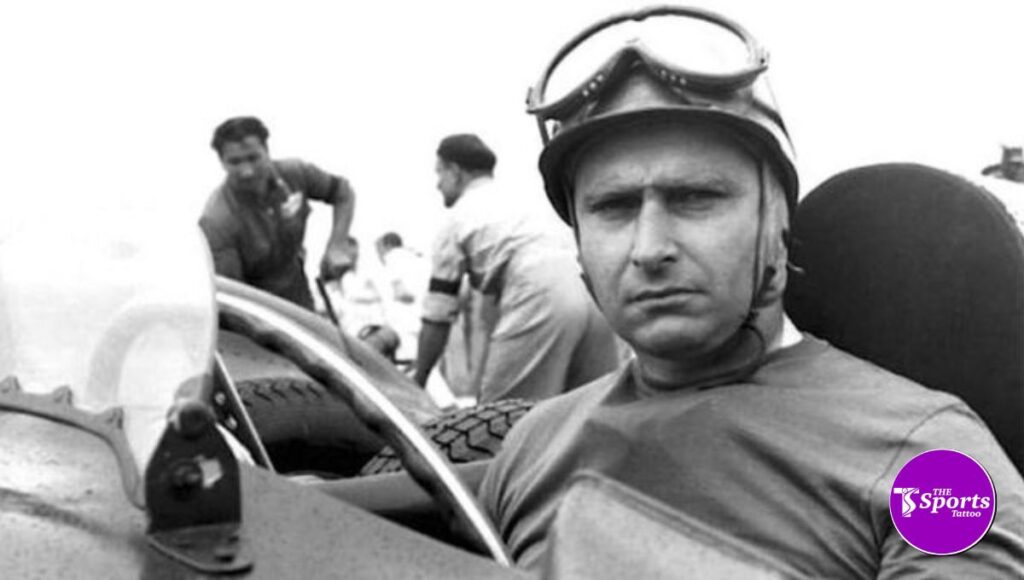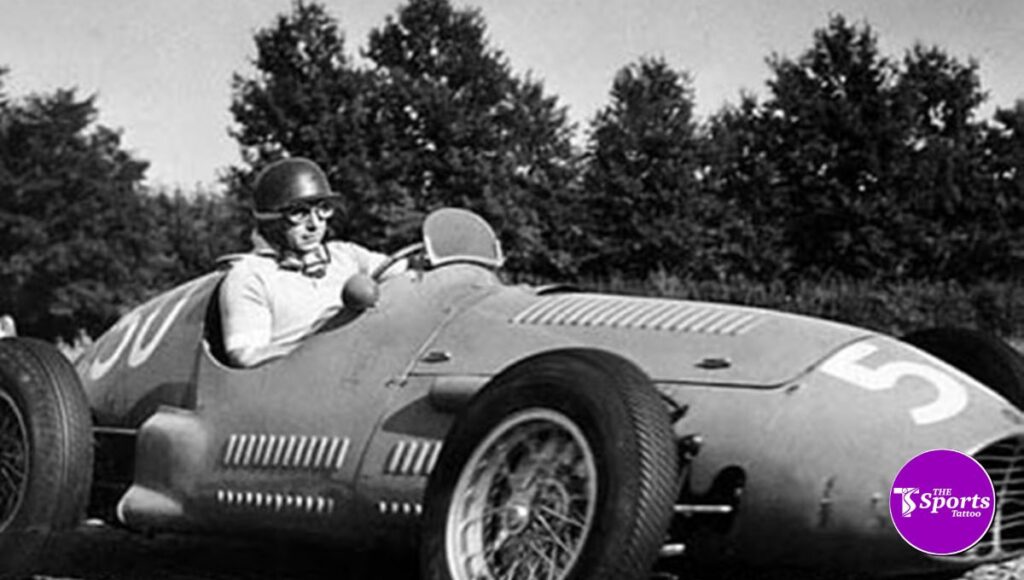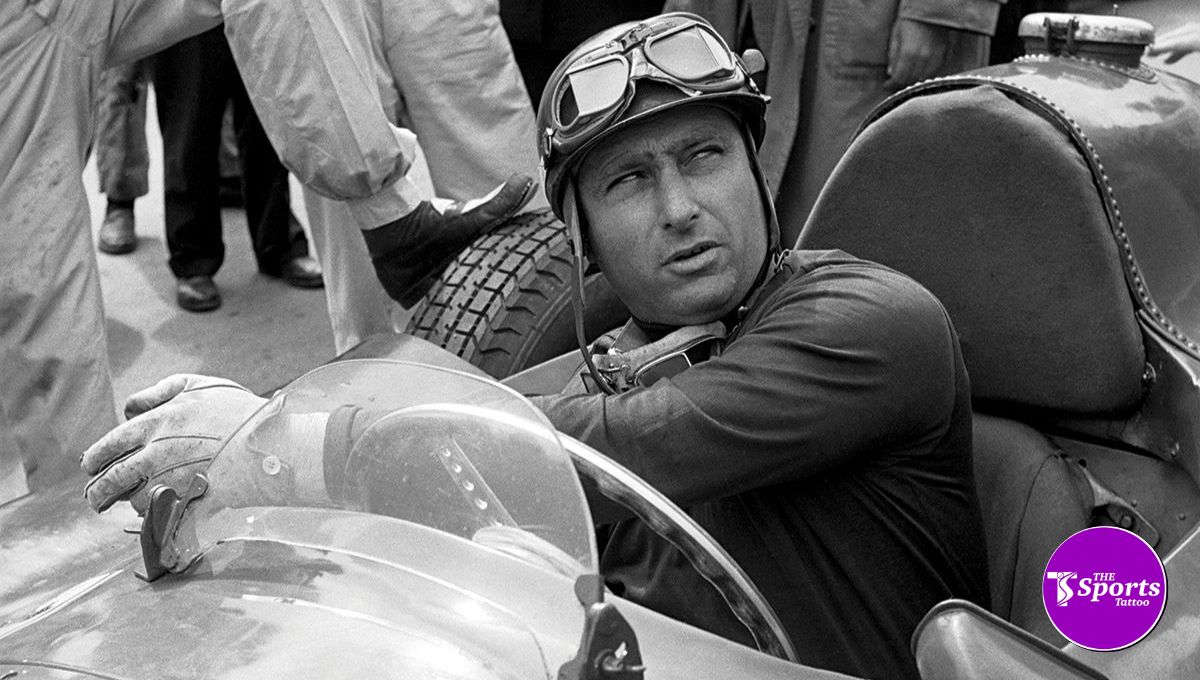Juan Manuel Fangio Biography: Juan Manuel Fangio was an Argentine racing driver known as El Chueco or El Maestro. He dominated Formula One racing in the first decade, winning the World Drivers’ Championship five times. He abandoned his academics as a child to study auto mechanics.
Juan Manuel Fangio Biography
Juan Manuel Fangio Biography: Juan Manuel Fangio Fangio was born in Balcarce at 12:10 a.m. on June 24, 1911, San Juan’s Day. In the Register of Balcarce, his birth certificate was incorrectly dated June 23. He was the fourth of six siblings. El Chueco, or the bandy-legged one, was his childhood nickname for his ability to bend his left leg around the ball and shoot on goal in football games.
Fangio began his studies at Balcarce School No. 4 before transferring to School No. 1 and 18 Uriburu Av. Fangio dropped out of school at the age of 13 and began working as an assistant mechanic in Miguel Angel Casas’ auto mechanic business. He began riding as a mechanic for his employer’s customers when he was 16 years old. After a football game in which difficult running caused significant discomfort in his chest, he suffered pneumonia that nearly killed him. After two months, he was bedridden and cared for by his mother.

Juan Manuel Fangio Wiki
| Name | Juan Manuel Fangio |
| Date Of Birth | June 24, 1911 |
| Birth Place | Balcarce, Argentina |
| Died | 17 July 1995 |
| Height | 5ft 8inch |
| Weight | 81kg |
| Zodiac Sign | Cancer |
| Profession | Racing Driver |
| Net Worth | N/A |
| Car Collection | N/A |
Juan Manuel Fangio Cause of Death
In 1990, Fangio met Ayrton Senna, a three-time world champion from Brazil, who openly felt the encounter showed the shared affection of both drivers. Fangio died of kidney failure and pneumonia in Buenos Aires in 1995 at the age of 84 and had his funeral in his hometown of Balcarce.
Also Read: Arturo Merzario Biography, Height, Weight, Net Worth, Racing Career

Juan Manuel Fangio Career
Fangio, who began his Formula One career in his late 30s, was the oldest driver in many races. During his career, drivers raced on courses with little safety measures and nearly no protective equipment. Formula, One car in the 1950s, was not only fast for the period but also incredibly mentally and physically demanding to drive; races were significantly more prolonged and required fantastic stamina. Tires were extraordinarily narrow and cross-ply and enormously less forgiving; treads frequently stripped during races, and starting plugs became fouled. Drivers wore goggles with cloth helmets until 1952 when helmets were required when they donned paper-mache pie-shaped crash caps.
The cars had no seatbelts, no rollover protection, and no bodywork to contain the driver (until 1954), and the front-engined layout meant that the heated air from the engine and gearbox would frequently blast the bodies of the drivers for the hours of the race, with the driveshaft rotating between their legs. There were no electronic aids or computer interventions. Drivers’ hands were frequently burned at the end of a race due to heavy steering and gear changing, & their faces were sometimes covered in soot from the inboard brakes. Despite his brief career, Fangio was one of the most significant Grand Prix drivers of all time, rivaling Tazio Nuvolari.
Fangio had no problems about leaving a team, even after a successful year or even during a season, if he thought a better car would give him a better chance. Several of his race results were shared with teammates after he took over their cars during races when he experienced technical problems, as usual. Alberto Ascari, Giuseppe Farina, and Stirling Moss were among his competitors. Throughout his career, Fangio was supported by the Argentine government of Juan Perón.




